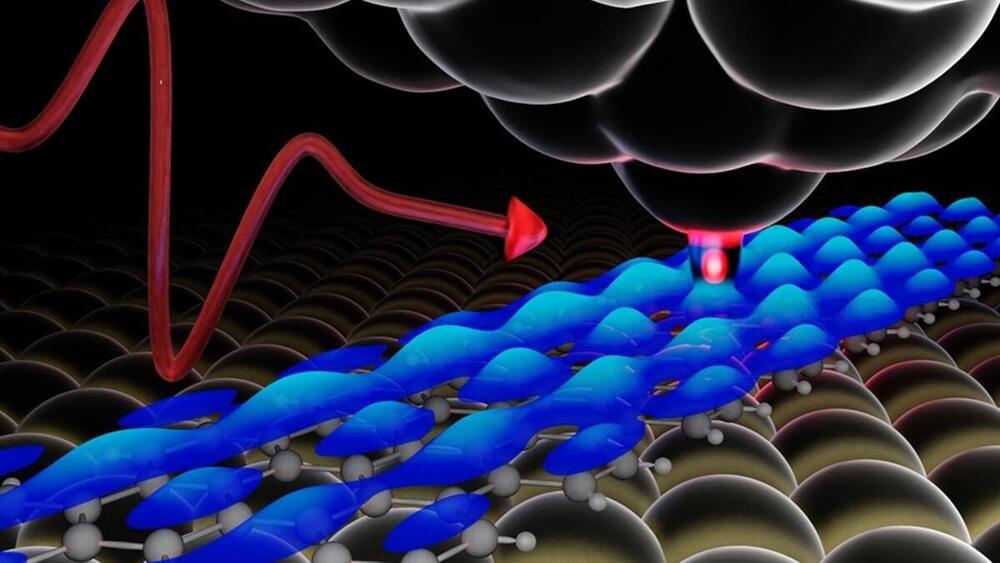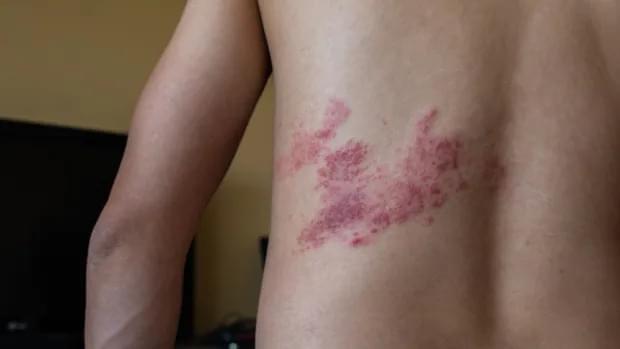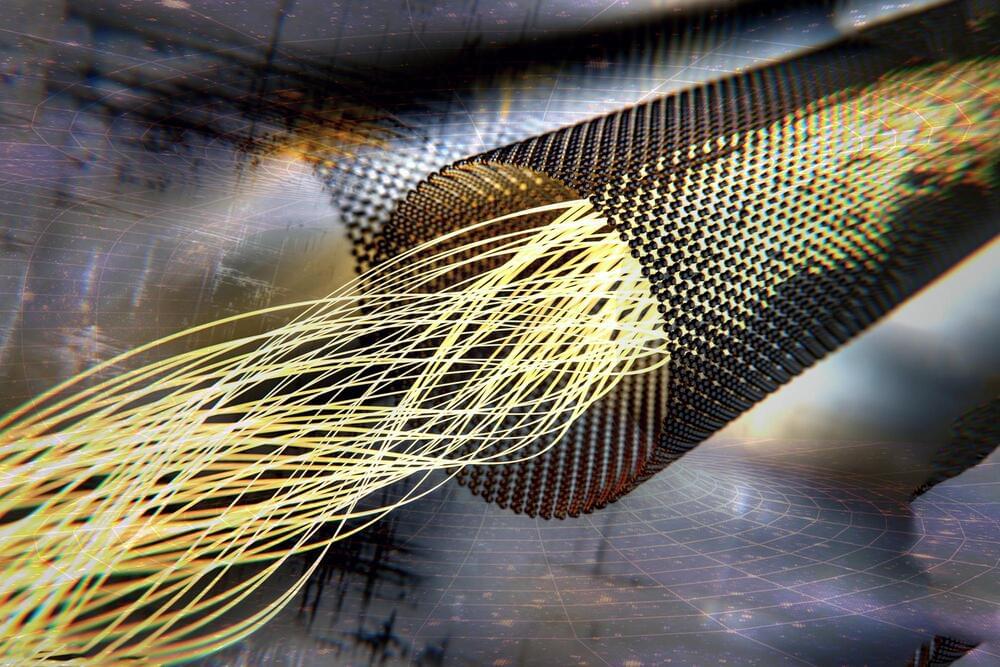In Earth’s crust, tectonic blocks slide and grind past each other like enormous ships loosed from anchor. Earthquakes are generated along these fault zones when enough stress builds for a block to stick, then suddenly slip.
These slips can be aided by several factors that reduce friction within a fault zone, such as hotter temperatures or pressurized gases that can separate blocks like pucks on an air-hockey table. The decreasing friction enables one tectonic block to accelerate against the other until it runs out of energy. Seismologists have long believed this kind of frictional instability can explain how all crustal earthquakes start. But that might not be the whole story.
In a study published today in Nature Communications, scientists Hongyu Sun and Matej Pec, from MIT’s Department of Earth, Atmospheric and Planetary Sciences (EAPS), find that ultra-fine-grained crystals within fault zones can behave like low-viscosity fluids. The finding offers an alternative explanation for the instability that leads to crustal earthquakes. It also suggests a link between quakes in the crust and other types of temblors that occur deep in the Earth.





